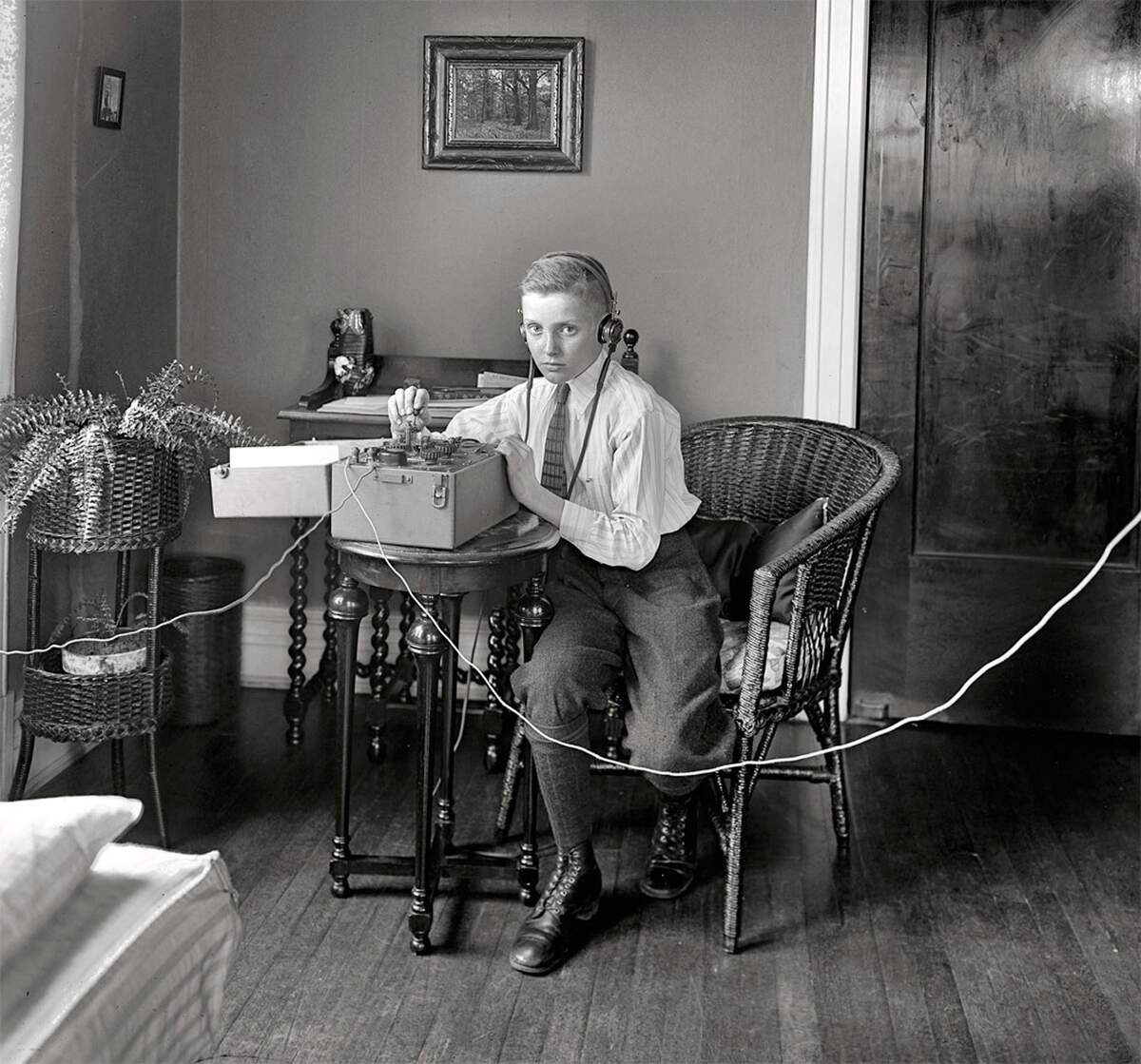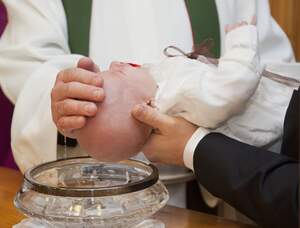

Learn Your Name in Morse Code Day
The first public demonstration of the electric telegraph, which uses Morse code, was done on January 11, 1838, by inventors Samuel Breese Morse and Alfred Vail. Learn Your Name in Morse Code Day takes place on the anniversary of that day, and was created by Brownielocks, in part because less and and less people now know Morse code. As of 2007, knowing Morse code is no longer a requirement in order to get a ham radio licence, demonstrating just one example of how Morse code continues to fall by the wayside. The day was created to get people to take an interest in Morse code; Brownielocks created it to get people of all ages to at least learn their name in the code on the day.
The telegraph was the first device to send messages with electricity, by transmitting electrical signals over wires between stations. It revolutionized long-distance communication—it changed how wars were fought, how newspapers worked, and how money could be sent. Prior to its invention, messages could only be sent as fast as a horse could run.
Messages were sent by tapping out a special code—known as Morse code—for each letter or symbol; Samuel Morse, along with Alfred Vail, helped to develop the code. In Morse code, short signals are dits—which are represented by dots, and long signals are dahs—which are represented by dashes. There are precise intervals of time for dits and dahs, between letters, and between words. Dits last one "unit" of time and dahs last three units of time. The pause between letters is three units of time, and the pause between words is seven units of time. Letters that are used most often were given a simpler code, while those that are barely used were given more complex and longer codes. Experienced morse code operators can transmit and receive 20-30 words per minute. Novice receivers would put marks on a paper to be translated to English after a message was received, but after they got used to the code they could understand the message when listening, making it easier to receive messages. The most well known message is SOS, which is transmitted as ··· --- ···; it is an international symbol for distress.
Samuel Breese Morse, who was an inventor and painter, began a twelve year process of perfecting his electric telegraph in 1832; he worked with Alfred Vail and Leonard Gale. At about the same time Sir William Cooke and Sir Charles Wheatstone were working on a telegraph in England as well. On May 24, 1844, Morse, who was in Washington D.C., transmitted the message "What hath God wrought?" over wire to Vail, who was in Baltimore, as a demonstration of the telegraph to Congress.
By 1851 over fifty telegraph companies were in the United States, but most telegraph lines were controlled by the Magnetic Telephone Company. They laid the first transcontinental telegraph line in 1861, seven years before the first transcontinental railroad. In 1866 a telegraph line was laid across the floor of the Atlantic Ocean from the United States to Europe—by 1940 the number had expanded to forty. Thomas Edison created the Quadruplex system in 1874, which allowed four messages to be transmitted simultaneously on the same wire. Although the telegraph was supplanted by other modes of communication, and the Morse code lost much of its importance, we are forever indebted to the telegraph, and to Morse and his code.
How to Observe Learn Your Name in Morse Code Day
The most appropriate way to celebrate the day is to learn how to write your name in Morse code, which can easily be done while using a Morse code chart. Once you've learned your name, how about learning how to decipher messages that use Morse code? This can be done quickly using another type of Morse code chart. Once you get used to using the code, send some messages to friends. ···· ·- ···- · / ··-· ··- -·!





















